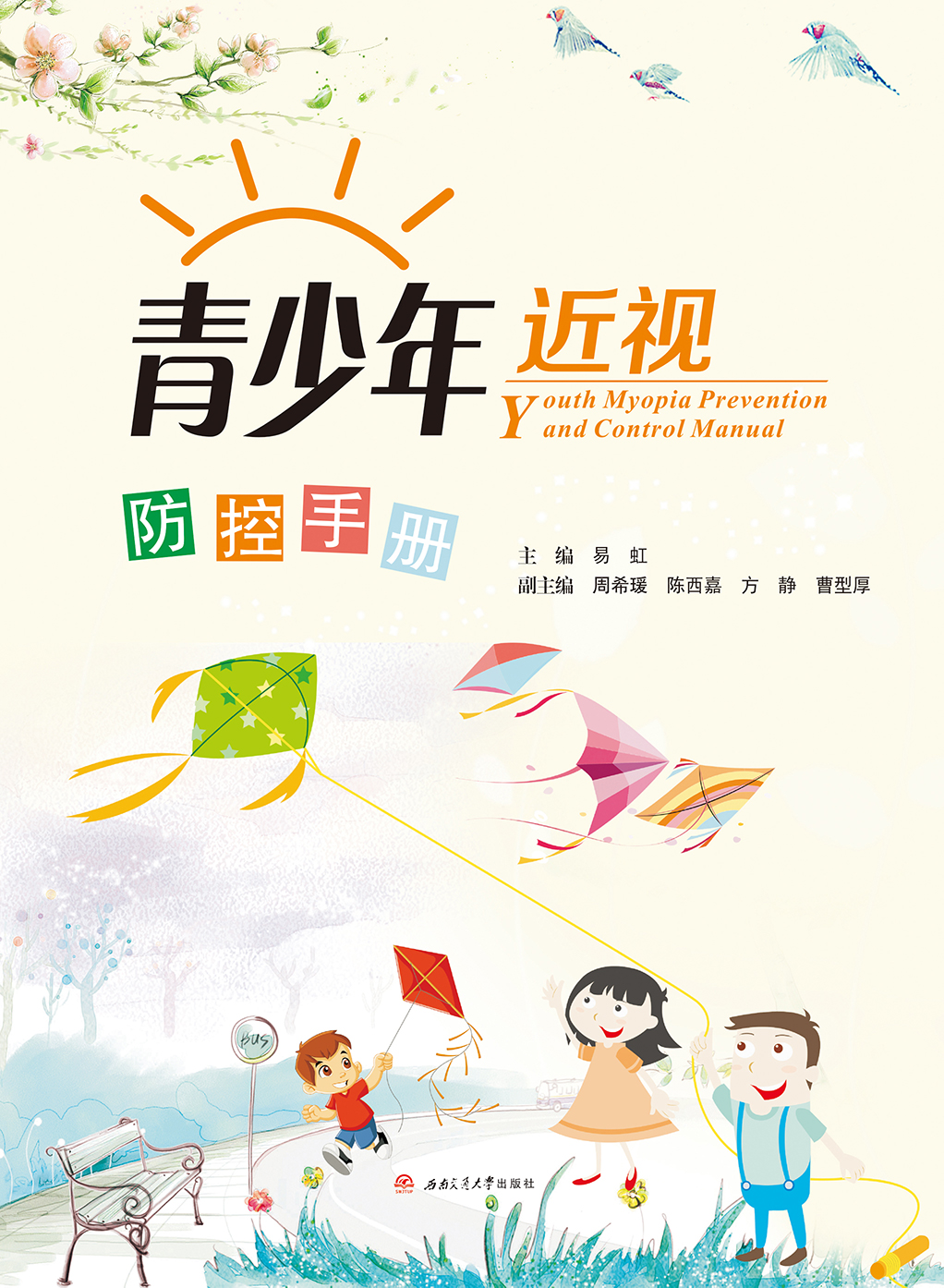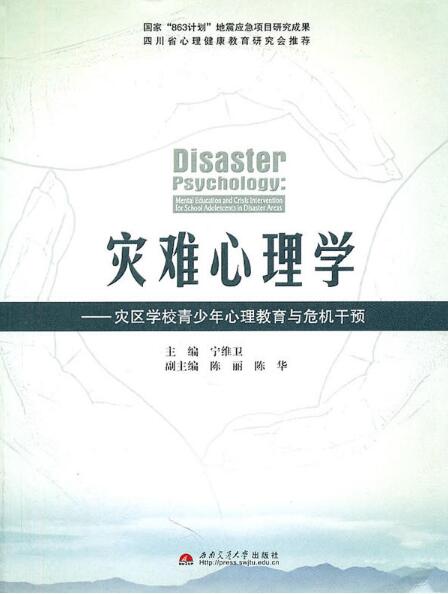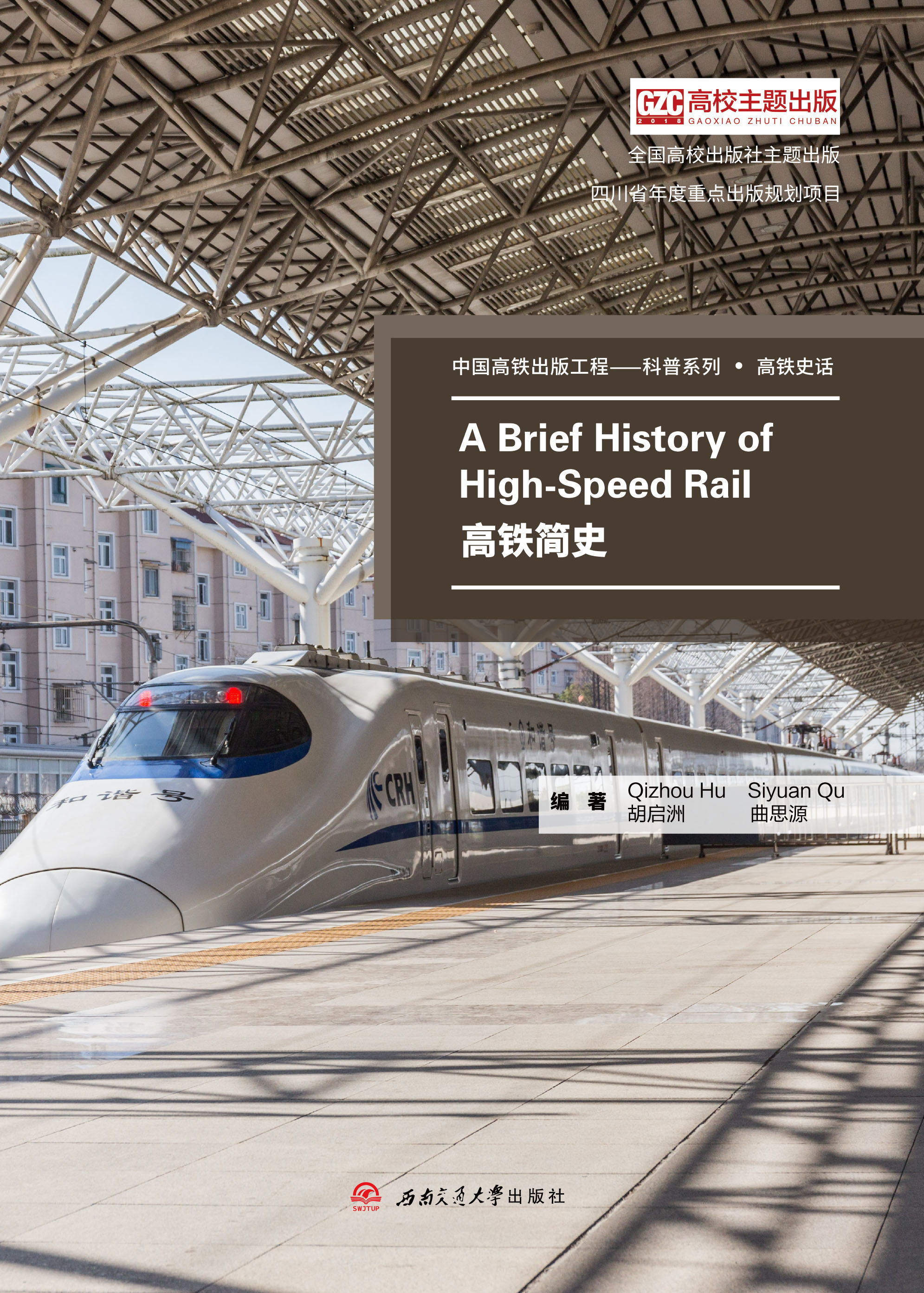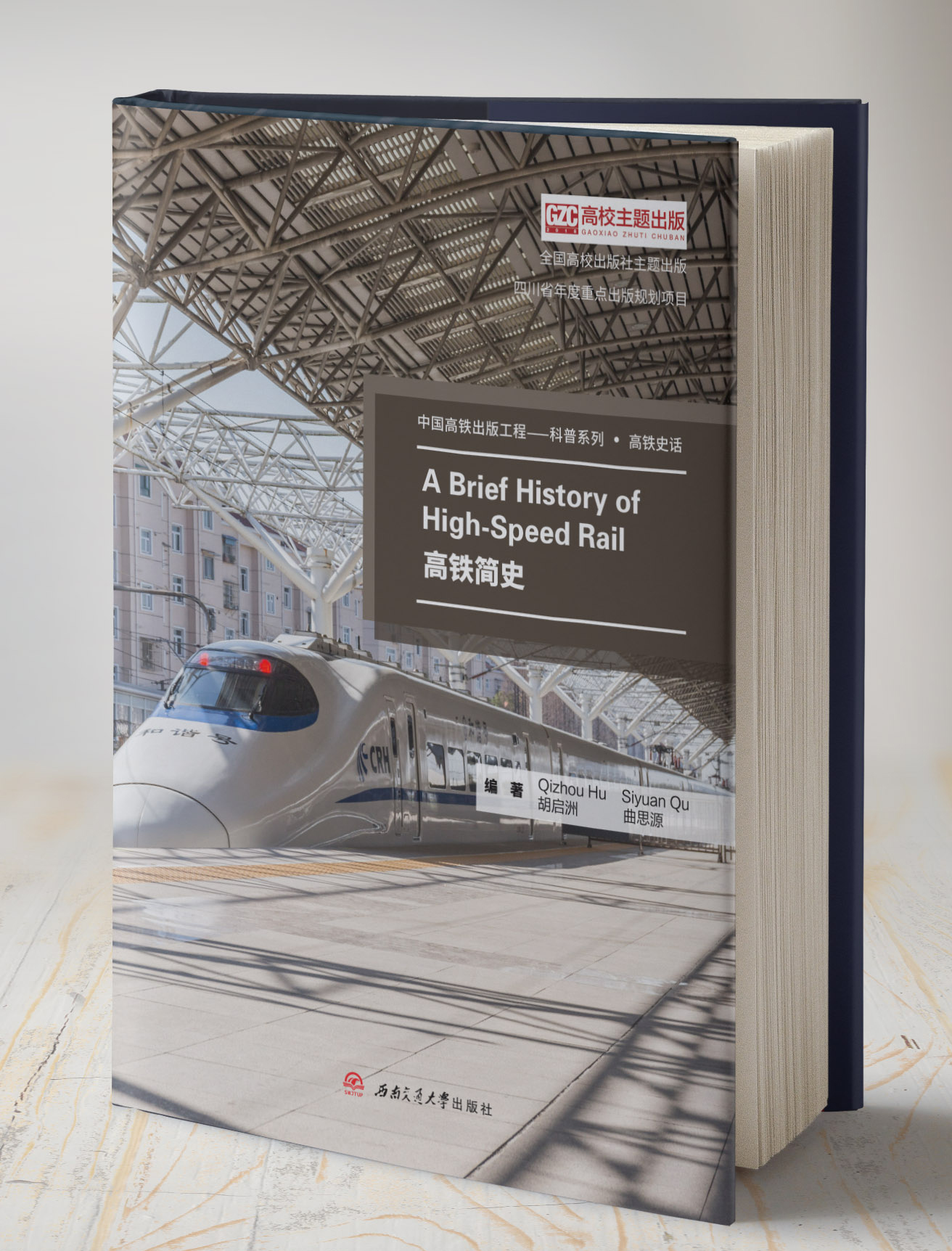-
 青少年近视防控手册
青少年近视防控手册作者:易虹
本书是一本青少年科普读物,其核心内容包含视光学(视力的形成及视力表,屈光不正分类及病理性近视眼介绍),斜弱视,近视的防控,眼镜及角膜塑形镜,屈光手术(近视手术)。主要从人眼的基本构造、视觉光学的基本原理、视力病变的过程出发,对青少年的近视、斜视、弱视等主要的视光疾病进行了全面介绍,还详细介绍了几类主要的近视预防及治疗方式。本书以通俗的语言对专业知识进行描述,并在不同的章节、从不同的角度阐述了近视防控的核心内容,使青少年学生及家长能够根据自己的情况对标获取自己想要了解的内容,并提高辨别近视防控的各种能力。
-
 灾难心理学——灾区学校青少年心理教育与危机干预
灾难心理学——灾区学校青少年心理教育与危机干预作者:宁维卫
由宁维卫主编的《灾难心理学——灾区学校青少年心理教育与危机干预》围绕灾难心理教育、心理援助与心理重建,对学校灾难心理教育的关键概念、理论构想、实践模式等方面进行了阐述,力求在前期实证调研与实践探索的基础上,归纳总结出系统、科学、操作性强的灾难心理教育模式。本书强调本土化理论与实践的探讨,立足理论与实际的结合,针对性和指导性强。
-
 轨道上的家族
轨道上的家族作者:《轨道上的家族》编写组
本套图书向读者讲述了铁路轨道特别是我国铁路的建设历史,扼要讲解了轨道、桥梁、隧道、列车等相关工程的基本结构和原理、典型案例、发展现状和趋势,一定程度上展示了新中国六十多年来工程建设特别是高速铁路、动车组等方面的建设成就和发展速度。本册主要讲1949年新中国成立以来,与铁路轨道相关的线路、桥梁、隧道、机车等四大家族的工程结构和原理、典型案例和建设成就。
图书分类
Book classification- 高速铁路作为一种安全可靠、快捷舒适、运载量大、低碳环保的运输方式,已经成为世界交通业发展的主流交通方式,引领人类走向新时代。现今,中国已建成和运营着世界上规模最大的高铁运输体系,但是国人对于高速铁路的认知远远落后于高速铁路的发展速度,仍有一些问题困扰着国人,仍有一些有关高铁的基本知识有待被了解被传播。高铁史话丛书的出版旨在让国人体会自己国家高速铁路的传奇风暴,并给全世界人们提供熟悉世界高速铁路体系...查看更多
- PREFACE
As the saying goes, “height changes view; angle changes concept and scale grasps life”. While “speed” determ...查看更多
-
Table of Contents
Chapter 1 Introduction 1
1.1 Emerging conditions of HSR 3
1.2 Three leaps of HSR 5
1.2.1...查看更多 - 胡启洲,东南大学博士,清华大学博士后,南京理工大学高速铁路科学研究所所长,教授,博士生导师, 江苏高校“青蓝工程”学术带头人,河南理工大学特聘教授,主要研究方向为高速铁路、交通规划与管理





